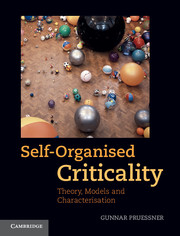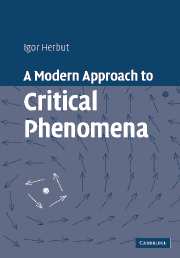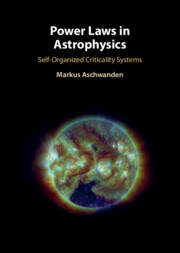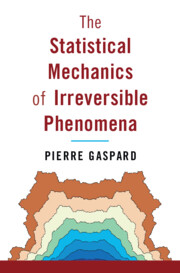Self-Organised Criticality
Giving a detailed overview of the subject, this book takes in the results and methods that have arisen since the term 'self-organised criticality' was coined twenty years ago. Providing an overview of numerical and analytical methods, from their theoretical foundation to the actual application and implementation, the book is an easy access point to important results and sophisticated methods. Starting with the famous Bak-Tang-Wiesenfeld sandpile, ten key models are carefully defined, together with their results and applications. Comprehensive tables of numerical results are collected in one volume for the first time, making the information readily accessible to readers. Written for graduate students and practising researchers in a range of disciplines, from physics and mathematics to biology, sociology, finance, medicine and engineering, the book gives a practical, hands-on approach throughout. Methods and results are applied in ways that will relate to the reader's own research.
- Gives a practical, hands-on approach throughout, with methods and results applied in ways that will relate to the reader's own research
- For the first time comprehensive tables of numerical results for key models are collected in one volume, making the information readily accessible to readers
- Carefully defines ten key models, starting with the Bak-Tang-Wiesenfeld sandpile, together with their results and applications
Reviews & endorsements
'… a modern, careful and authoritative text on Self-Organised Criticality (SOC) … an excellent reference book on what SOC is and is not with connections to theory (analytical and simulations), experiments, and applications. The foreword by H. J. Jensen nicely describes the controversy surrounding SOC and its history.' Donald T. Jacobs, American Journal of Physics
Product details
August 2012Hardback
9780521853354
516 pages
253 × 192 × 25 mm
1.28kg
85 b/w illus. 22 tables
Available
Table of Contents
- 1. Introduction
- 2. Scaling
- 3. Experiments and observations
- 4. Deterministic sandpiles
- 5. Dissipative models
- 6. Stochastic sandpiles
- 7. Numerical methods and data analysis
- 8. Analytical results
- 9. Mechanisms of SOC
- 10. Summary and discussion
- Index.





